The injection moulding process was estimated to take 12 weeks and was started in August. The process produces a large number of high quality parts, with great accuracy, quickly and efficiently. It does this by injecting material – most commonly thermoplastic and thermosetting polymers at high pressure into a “tool”.
The diagram below details the components within our tool. A common analogy is to compare the parts within a tool to that of a car engine to help understand how the moving parts within the tool work. Consider the plates as the engine sump, the core as the pistons, the cavity as the cylinder and the ejections pins are the camshaft and valves. Ultimately, a lot of moving parts manufactured to precision. This YouTube video animates the process.
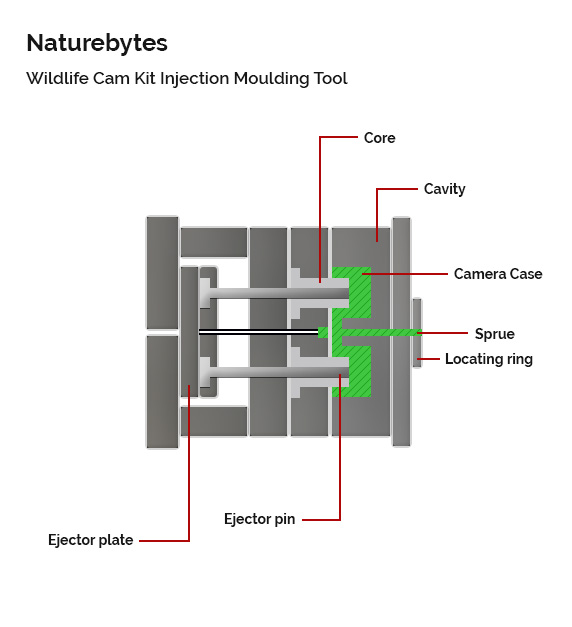
One of the completed Naturebytes tools can be seen below. This tool created the clips that secure the case and was a simple tool to create compared to the case itself.

The tool makers identified that the camera case design would require a tool with a number of moving parts to make the sophisticated hinges, the hole in the base, the rear base clips and the pin holes. An initial difficulty was encountered due to the fact that mould tools are pulled open and close in the same direction (a process called the line of draught), but complications can arise when you need to make shapes or holes at different angles – which our tool required, so a late design change was made to add 12 separate additional moving parts and to split the tool into two separate pieces.
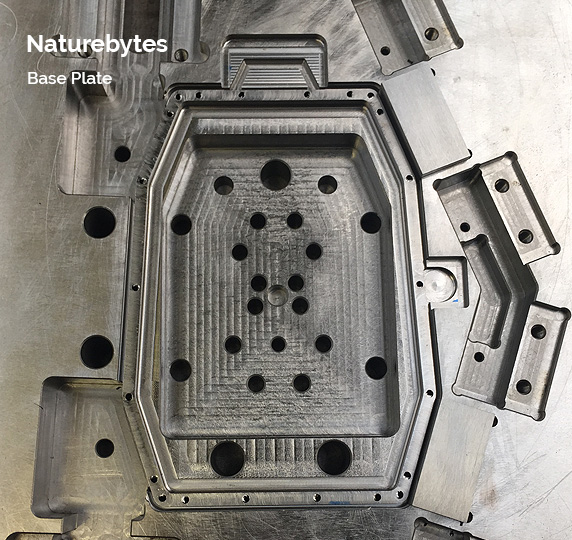
The completed base plate for the Wildlife Cam Kit
Originally, the plan was to have both the cover and the base of the kit in one tool to make the tool and production as cost effective as possible (the process costs tens of thousands of pounds). However, during the tool design stage, mould flow analysis highlighted a potential quality risk known as “in-balancing”. Due to the weight differences between the 2 main components this could have potentially caused a quality issue and a higher chance of “short” mouldings. When the molten plastic is forced into the tool it will fill the biggest voids first and more easily. At the extremities of the tool the plastic has less pressure and struggles to fill the remaining cavity which risks an incomplete product and thus a reject. Therefore additional time was taken to re-design the tools as two separate tools, allowing for the best possible product quality. Subsequently, making 2 tools has taken more time to complete than a single tool.
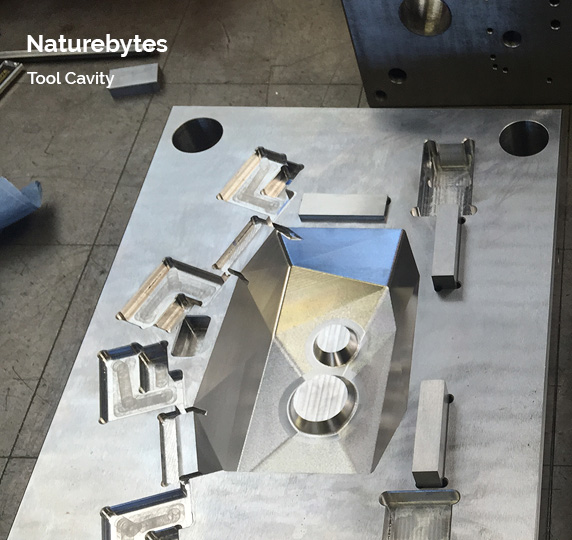
The Wildlife Cam Kit tool cavity

The Wildlife Cam Kit tool core
This original delay was incorporated into the timeline and a completion date of the first week of December slated after final tests were completed, which is why we were able to originally ship on the 14th December. However, the 12 additional moving parts and the move to two separate tools took longer than anticipated and we have been informed that the process will not be completed until January 2016. The tool makers took the decision to ensure that the end product was a first rate tool, which it needed to be, but this has resulted in the unfortunate delay. The diagram below provides an overview of the complete process to date.
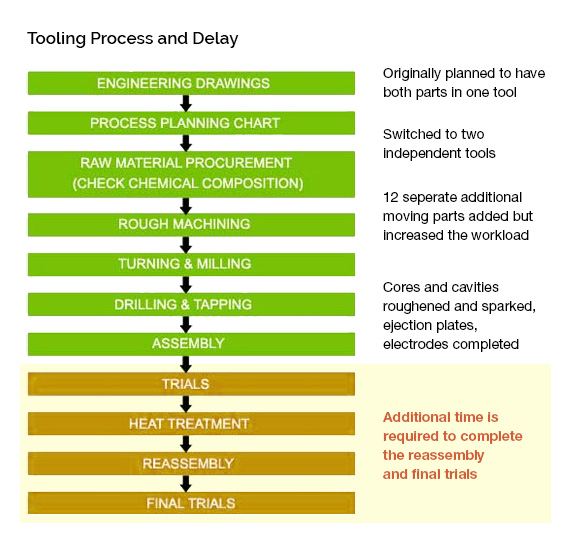
Please feel free to comment or contact us if you have any further questions. We’ll keep you up to date throughout Devember as our toolers work to complete the tool so we can being shipping the kits.



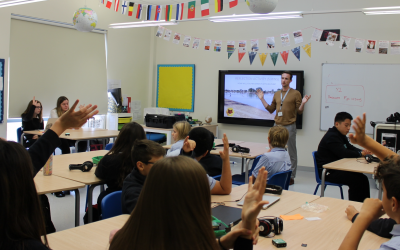
I worked in the diecasting and injection molding industry in the early 1970s and know the many difficulties than can arise during the tool making and die testing period. I wish you well and look forward to receiving my kit in the new year.